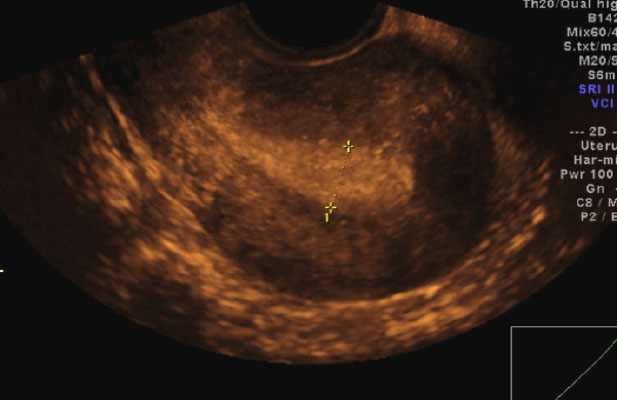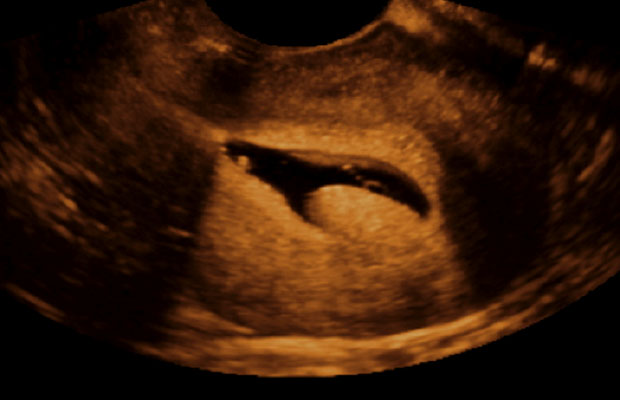HyCoSy and SGH Procedures
What is saline infusion sonohysterography and Hysterosalpingo-contrast-sonography (SHG and HyCoSy procedures)?
Saline infusion sonohysterography (SHG or SIS) consists of imaging the uterus and uterine cavity using ultrasonography while sterile saline is instilled into the uterine cavity. The purpose of sonohysterography is to detect abnormalities of the uterus and endometrial (uterine lining) cavity. Hycosy use contrast media to evaluate tubal patancy.
Why is SHG or HyCoSy performed?
The usual reasons for doing an SHG are abnormal uterine bleeding, infertility, recurrent spontaneous miscarriage, congenital abnormalities of the uterus, preoperative and postoperative evaluation of the uterine cavity, suspected intrauterine adhesions (synechiae or scar tissue), and further evaluation of uterine abnormalities found during routine ultrasonography. SHG should not be performed in women who are pregnant or who are suspected to be pregnant. SHG should also not be performed in women with an active pelvic infection.
How is SHG performed?
SHG is usually performed in the first part of the menstrual cycle after menstruation. The procedure begins with a transvaginal ultrasound examination. After this is completed, a speculum is inserted and a narrow catheter is placed vaginally through the cervix into the uterine cavity, and the ultrasound examination is continued while sterile saline is instilled into the uterine cavity. The saline solution helps outline the uterine cavity to show abnormalities such as endometrial polyps and intracavitary fibroids.
What are the risks and complications?
An SHG is a very safe procedure. It may cause cramping, spotting and vaginal discharge. The most common serious complication with SHG is pelvic infection; however, this occurs less than 1% of the time and usually occurs when a woman also has a disease of the fallopian tubes. You should call your doctor if you experience pain or fever one or two days after the SHG. Some doctors prescribe pain medication before the procedure.
Instructions 1 hour before appointment.
Please take 2 panadol and 2 nurofen 1 hour before appointment. If you are sensitive to these types of medication please be driven to and from appointment.
About Us
The Canberra Fetal Assessment Centre (CFAC) is a complete and unique obstetrics and gynaecology ultrasound service. Our experienced doctors and sonographers provide an expert service specialising in maternal and fetal Medicine and women’s health.
Address
- CFAC Bruce
85/15 Braybrooke Street
Bruce ACT 2617
- CFAC Deakin
Suite 3-7,
175 Strickland Crescent
Deakin ACT 2600
Phone
(02) 6162 0582
hello@cfac.com.au


